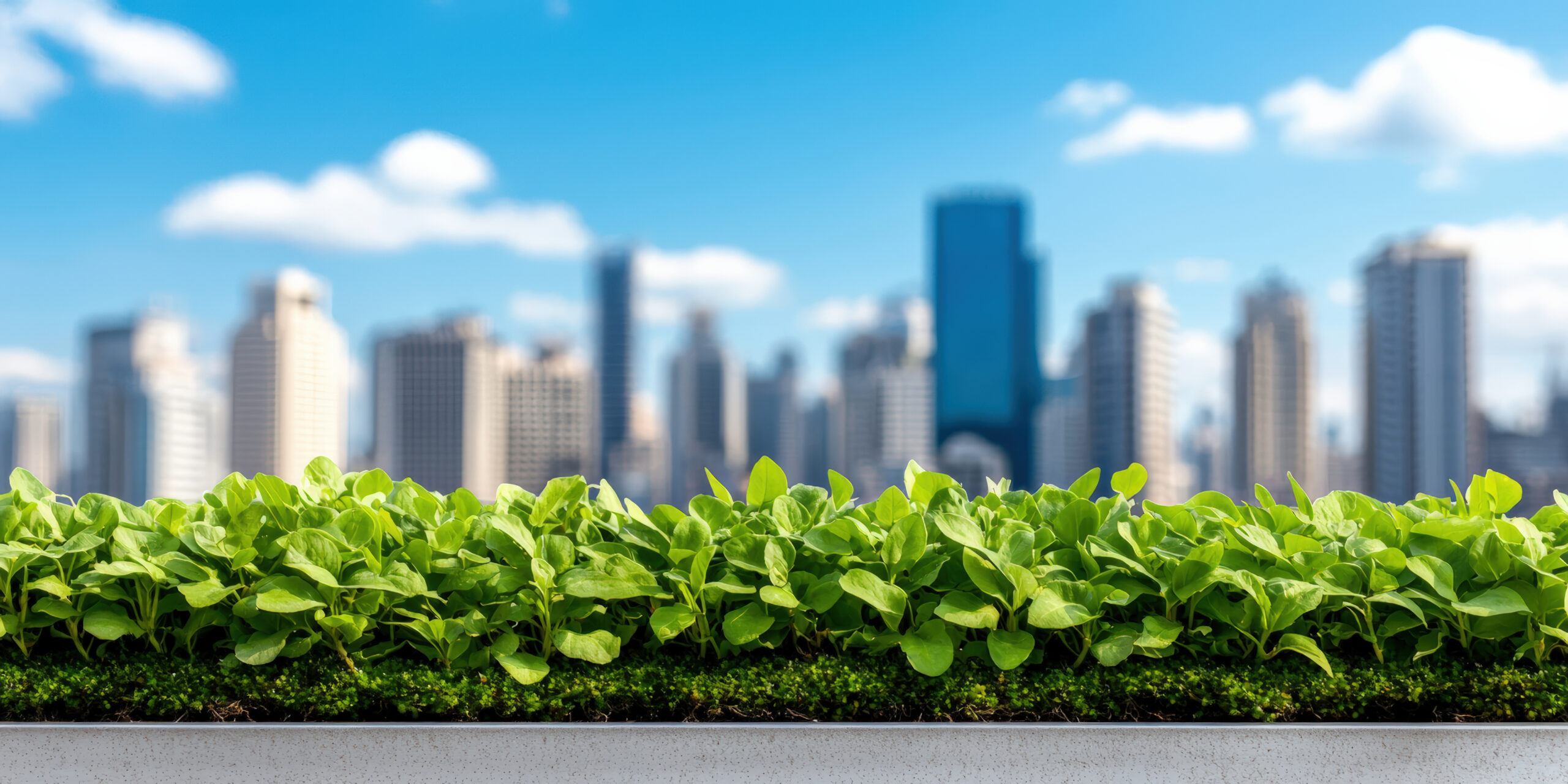Leaving the Corporate Comfort Zone
If you had told me ten years ago that I’d be farming lettuce in the middle of Fort Worth, I probably would’ve laughed. Back then, I was a mechanical engineer designing cooling systems for data centers. It was stable work, technical, and paid the bills. But over time, something didn’t sit right.
I spent most of my days solving problems that only benefitted massive corporations. Optimizing airflow for machines that power the internet is important, sure—but it felt disconnected from real life. I wasn’t helping people I could see or touch. I was sitting in meetings, staring at spreadsheets, and wondering if this was it.
By 2017, I’d saved enough to take a breather. I didn’t know exactly what I wanted to do next, but I knew I wanted to work with my hands again—and I wanted my work to matter to the community I lived in. That’s when I started noticing something else: how hard it was for people in certain neighborhoods to find fresh, healthy food.
A Seed of an Idea
I didn’t grow up around farms, and I wasn’t some health nut trying to save the world. I was just someone who saw a problem and thought, Maybe I can help fix this. Food deserts are real, even in a city like Fort Worth. There are places here where the closest “grocery store” is a gas station. I couldn’t stop thinking about that.
At first, I thought maybe I could start a garden. But space was limited. Then I discovered aeroponics—a way to grow plants using mist and nutrients without any soil. The idea fascinated me. It felt like engineering and farming had finally shaken hands.
So I cleared out a section of my backyard and got to work. I built a clunky frame out of PVC pipe, hooked up a misting system, and started experimenting. The first few months were rough. I killed more lettuce than I care to admit. But with every failure came a small lesson, and slowly, I got better.
Building SkyGrow
Eventually, I built a working prototype of what would become the SkyGrow system—a vertical, solar-powered aeroponic tower that used 90% less water than traditional farming. It didn’t look like much, but it worked. I could grow leafy greens, herbs, even strawberries, in a compact footprint without soil.
It wasn’t long before neighbors started asking questions. A teacher friend wanted one for her classroom. A local chef asked if I could build something for his rooftop. Suddenly, this weird backyard hobby was turning into something bigger.
That’s when UrbanRooted Innovations was born—not from a business plan, but from people needing help and me saying “sure.” I never wanted to be a startup guy. I just wanted to give people the tools to grow their own food.
Why I Keep It Simple
One of the first things people assume is that my systems must be high-tech. They’re not. Sure, they use solar power, pumps, and timers. But they’re designed to be simple—on purpose.
When you build something for everyday people, you have to think like them. Not everyone has Wi-Fi. Not everyone wants to monitor crops with an app. Not everyone knows what pH balance means on day one. That’s okay.
What matters is that the systems work, that they’re easy to understand, and that people feel empowered using them. That’s why I label everything with a Sharpie, handwrite the instructions, and teach people how to fix things with tools they already own. I don’t want users—I want owners.
Teaching What I’ve Learned
Over the years, I’ve started teaching monthly workshops—free and open to anyone who wants to learn. We meet at a local community center, and I walk people through the basics: how to set up a tower, adjust nutrient levels, monitor plant health, and troubleshoot issues.
I’ve taught veterans, single moms, teenagers, retired folks, and school staff. I’ve learned just as much from them as they have from me. Everyone brings their own experiences, their own reasons for showing up. Some want to feed their families better. Some want to teach kids about science. Some just want to feel a little more self-reliant.
What unites us is this shared belief: growing food shouldn’t be complicated or expensive. It should be a basic skill, like cooking or changing a tire.
What Kale Taught Me
It might sound funny, but growing kale changed me. Not just because I learned how to mist it properly or mix the right nutrients—but because I saw what it represented. In that little plant, I found a new way to live and work.
I went from cooling machines to feeding people. From managing systems for billion-dollar data centers to building tools for classrooms and balconies. From solving abstract problems to solving tangible ones—problems with names and faces.
It hasn’t always been easy. I’ve worked long hours, made mistakes, and questioned myself more than once. But every time I visit a school where kids are harvesting their own salad greens, or I hear from someone who’s growing basil on their fire escape, I remember why I started.
Looking Ahead
I don’t have a five-year plan or a vision for global expansion. That’s never been the goal. I just want to keep refining the SkyGrow system, make it cheaper and more accessible, and help more people take control of their food.
Some people think progress is about scale, speed, and automation. I think it’s about relationships, roots, and resilience. If I can help one person grow their own food—and then teach someone else to do the same—that’s a win.
So yeah, I traded cooling systems for kale. And I’ve never looked back.
